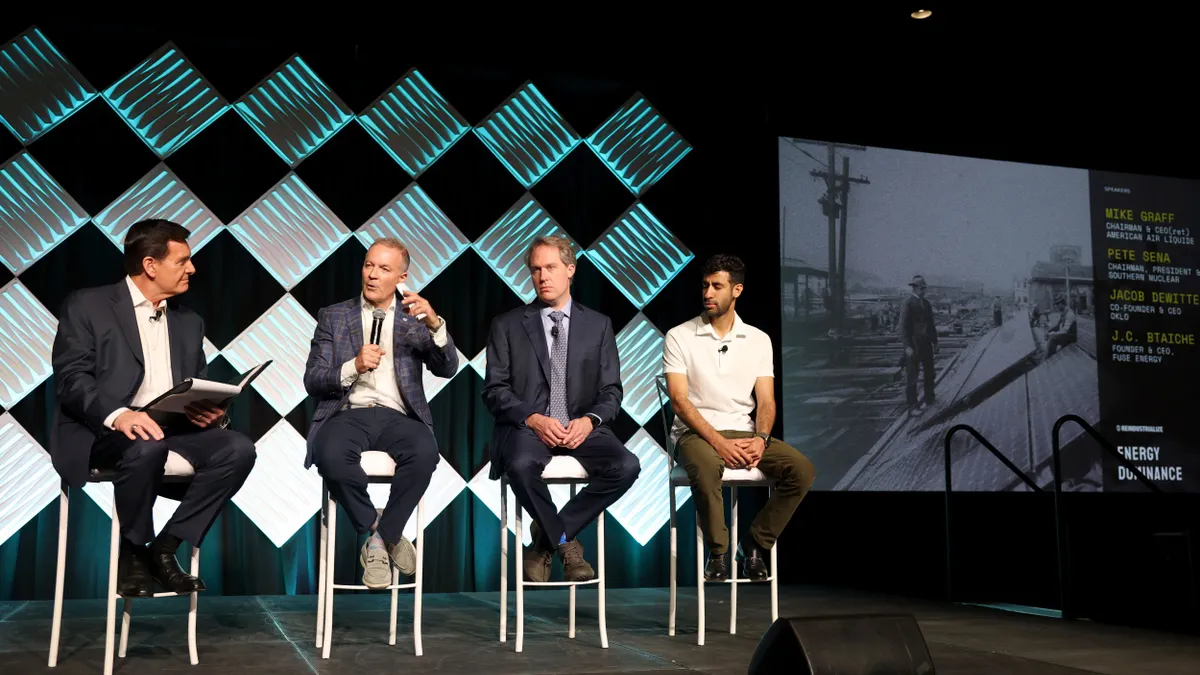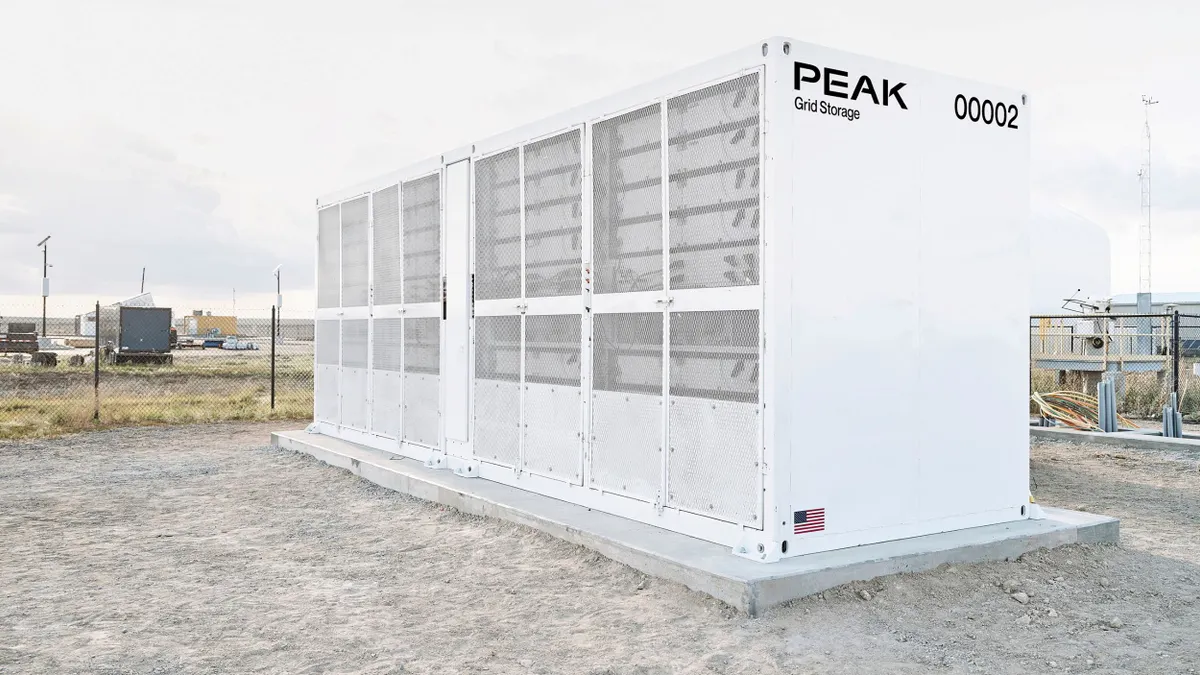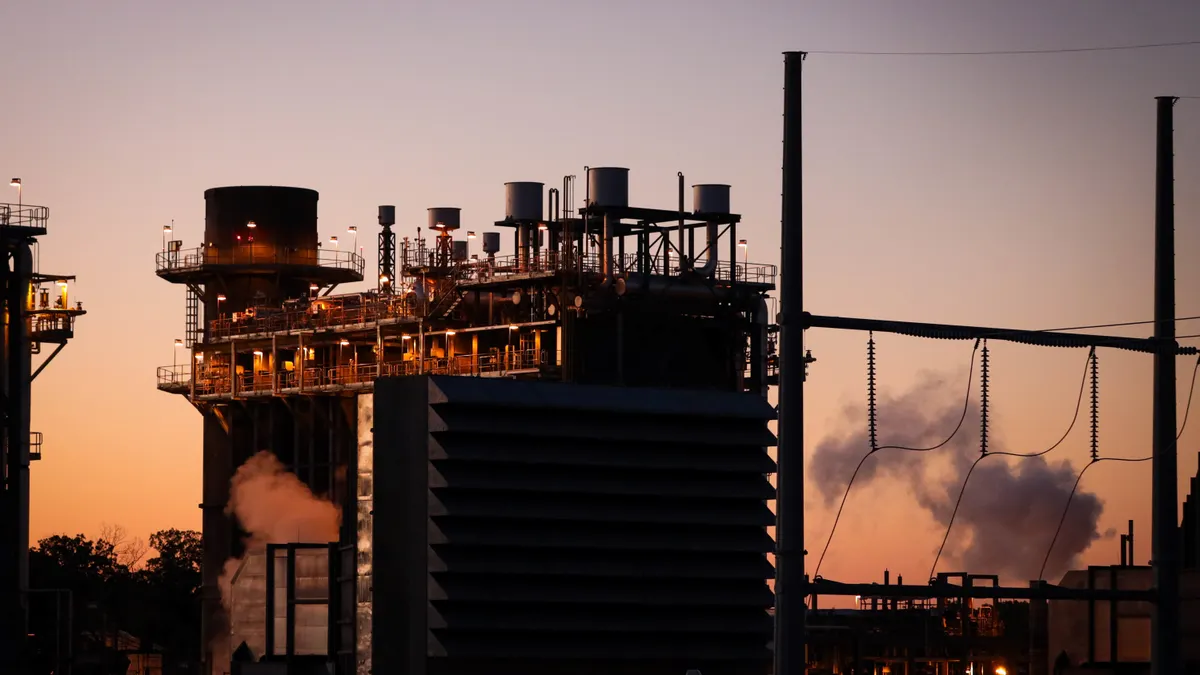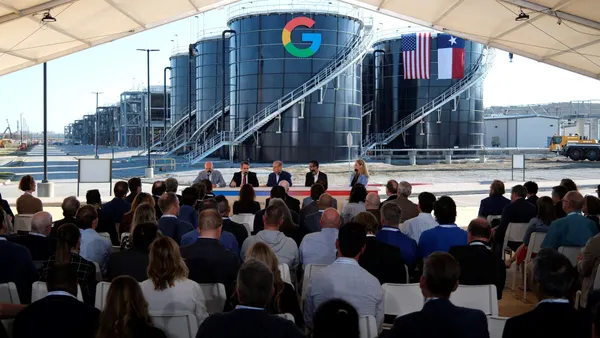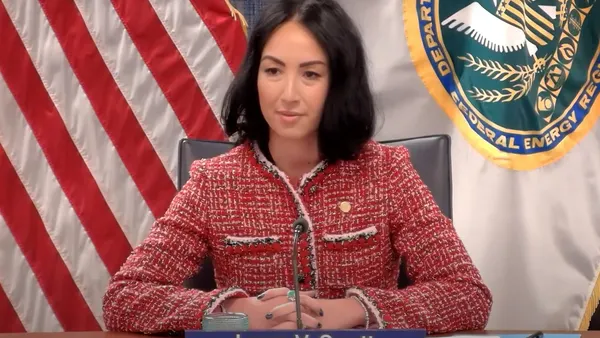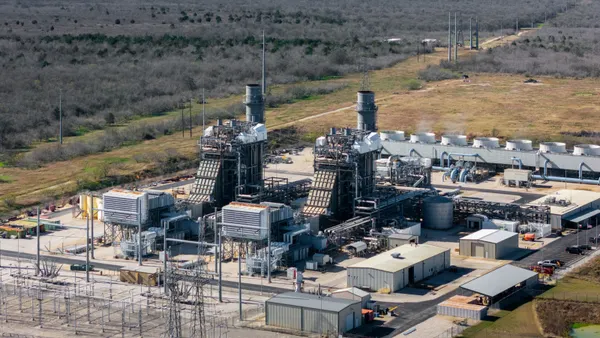Dive Brief:
- Oklo faces “good uncertainty” as the Trump administration considers executive orders to speed up the Nuclear Regulatory Commission licensing process, expand U.S. military and Department of Energy roles in nuclear deployments and revitalize anemic U.S. nuclear fuel supply chains, CEO Jacob DeWitte said Tuesday.
- The advanced nuclear technology company is engaged in a “pre-application readiness assessment” with the NRC that could smooth the formal application process for its first commercial reactor later this year, DeWitte said on Oklo’s first-quarter 2025 earnings call.
- The departure of OpenAI CEO Sam Altman as Oklo board chair earlier this year removes a conflict of interest should OpenAI choose to purchase power in the future from Oklo, which has already announced about 14 GW of nonbinding agreements with data center operators and others, DeWitte said.
Dive Insight:
Oklo completed key early work this quarter at its first commercial power plant site at Idaho National Laboratory, a 890-square-mile site in Idaho Falls where much of the United States’ nuclear research and commercialization activities take place.
There are currently only two or three operational small nuclear reactors in the world, none of them in North America, but many companies competing to design and bring more online. DeWitte said Oklo’s deployment timeline for its first plant has not changed since it’s last investor update in March. Oklo aims to begin producing power at INL in late 2027 or early 2028, it said Tuesday.
That target will depend on the outcome of Oklo’s NRC license application, which DeWitte said the company plans to submit in the fourth quarter of 2025. NRC feedback from the pre-application readiness assessment underway now will help Oklo address potential safety issues, information gaps and other items that could slow approval, DeWitte said.
The application covers a newly upsized 75-MW reactor design, which company executives have said better reflects prospective customers’ power needs. Once approved, Oklo could flex reactor capacity downward without major design changes to accommodate customers that don’t need as much output, DeWitte said.
“We think of [our design] as a consolidated single platform that we build off of from the licensing side,” he said.
The exact timing of Oklo’s licensing application and how quickly it moves through the process could depend on the specifics of the Trump executive orders, should they materialize, DeWitte said. Notwithstanding possible future changes to NRC licensing processes, Oklo expects its first reactor application to take 24 to 30 months, he added.
The White House is considering four nuclear-related executive orders to boost U.S. nuclear capacity to 400 GW by 2050, up from about 100 GW today, the New York Times reported last week. The Biden administration in November detailed plans to increase U.S. nuclear capacity to 300 GW by 2050.
One of the Trump draft orders reviewed by the Times would direct the NRC to overhaul its regulatory processes, reconsider safety limits for human radiation exposure and set an 18-month deadline to approve new reactor license applications.
The NRC is already implementing significant process changes required by last year’s bipartisan ADVANCE Act, including the creation of a new microreactor licensing pathway that could benefit reactor designs smaller than Oklo’s.
Other executive orders would allow certain AI data centers to be powered by reactors sited on Department of Energy property, possibly circumventing NRC approval; boost U.S. military support for advanced reactor development; direct Energy Secretary Chris Wright to develop a plan to bolster U.S. nuclear fuel supply chains; and explore reprocessing spent nuclear fuel and plutonium into commercially usable reactor fuel, the Times and Reuters reported.
Oklo was one of eight advanced nuclear companies named eligible last month for the military’s Advanced Nuclear Power for Installations program awards, which could enable on-base reactor deployments. The company is also developing nuclear fuel fabrication facilities that could eventually use spent nuclear fuel that would otherwise sit for decades in containment, DeWitte said.


